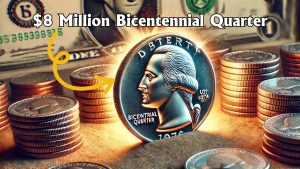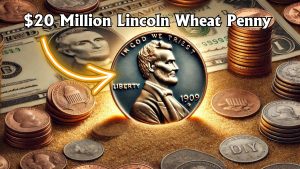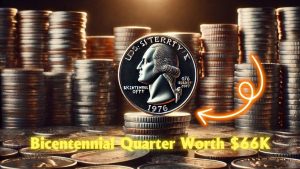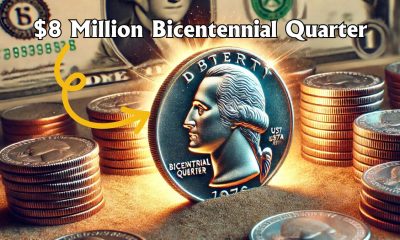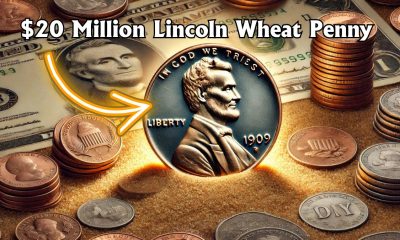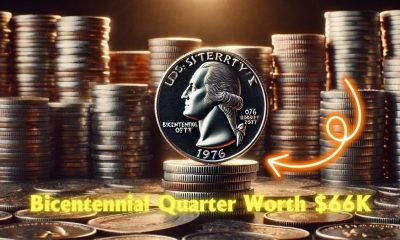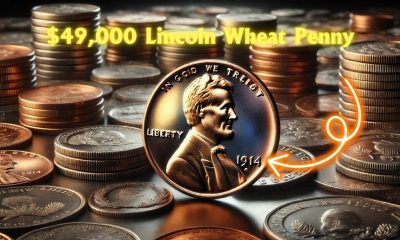Money
This Rare Bicentennial Quarter Is Worth Almost $20K
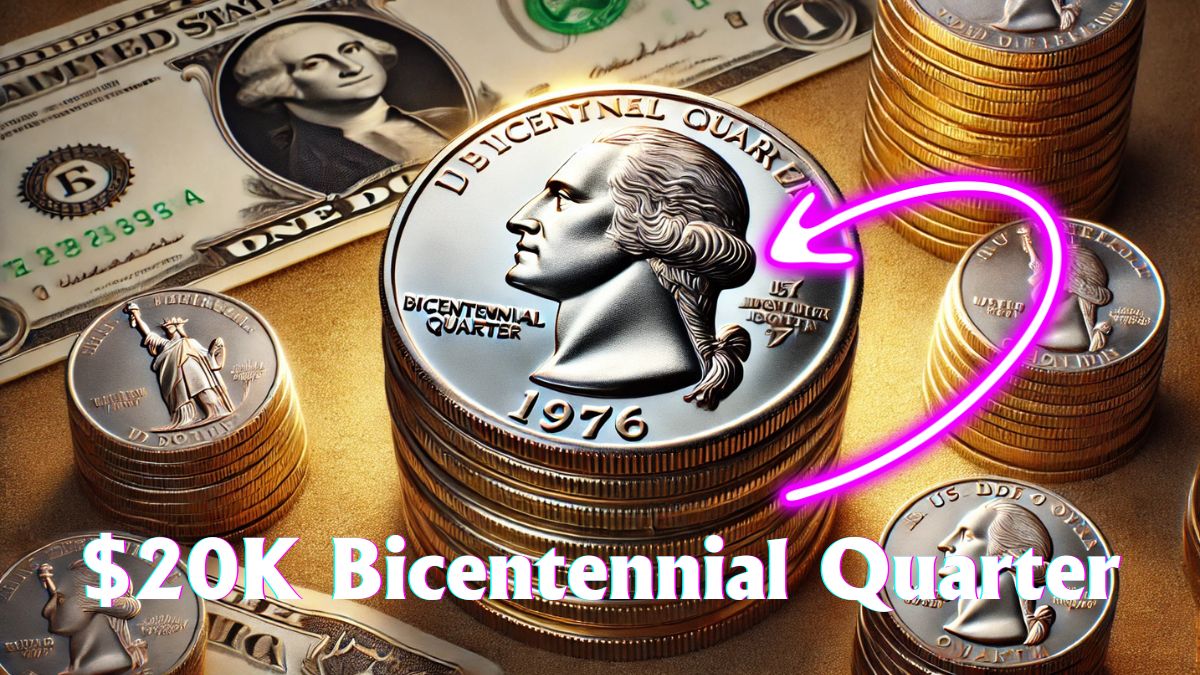
The 1976 Bicentennial Quarter, minted to commemorate America’s 200th anniversary, is a cherished piece among coin collectors. While many circulate as regular quarters, certain rare variants have fetched impressive sums at auctions, with some reaching nearly $20,000.
This article delves into the factors that influence the value of these quarters, highlights the most valuable variants, and offers guidance on identifying and preserving these coins.
Understanding the Bicentennial Quarter
In 1976, the U.S. Mint introduced the Bicentennial Quarter featuring a special reverse design to honor the nation’s 200th anniversary.
The reverse depicts a colonial drummer boy, a symbol of the American Revolution, encircled by 13 stars representing the original colonies. The obverse retains the traditional portrait of George Washington.
Factors Influencing Value
Several key factors determine the value of a Bicentennial Quarter:
- Mint Mark and Composition:
- Philadelphia (No Mint Mark): Standard clad composition.
- Denver (D): Standard clad composition.
- San Francisco (S):
- Clad Proof: Specially minted for collectors.
- Silver Proof: Composed of 40% silver, making them more valuable.
- Condition and Grading:
- Coins are graded on a scale from 1 to 70, with higher grades indicating better condition.
- Coins in Mint State (MS) 67 or higher are particularly valuable.
- Minting Errors:
- Errors such as doubled dies, off-center strikes, or planchet flaws can significantly increase a coin’s value.
Notable Rare Bicentennial Quarters
While most Bicentennial Quarters are of modest value, certain rare variants have commanded high prices at auctions. Here are some notable examples:
1. 1976-S Silver Proof Bicentennial Quarter
This coin, minted in San Francisco with 40% silver content, sold for $19,200 at auction.
2. 1976-D Doubled Die Obverse Bicentennial Quarter
Featuring a doubled die error on the obverse, this coin fetched $8,400 in 2023.
3. 1976-S Clad Proof Deep Cameo Bicentennial Quarter
A high-grade proof coin with deep cameo contrast, it sold for $920 in 2010.
4. 1976-S Silver Proof Deep Cameo Bicentennial Quarter
This silver proof coin with deep cameo contrast was valued at $2,760 in 2007.
5. 1976-S Clad Proof Cameo Bicentennial Quarter
A proof coin with cameo contrast, it sold for $128 in 2021.
Identifying Valuable Bicentennial Quarters
To determine if you possess a valuable Bicentennial Quarter:
- Examine the Mint Mark:
- Look for the mint mark (D, S, or none) on the obverse, just below the date.
- Assess the Condition:
- Use a magnifying glass to inspect for wear, scratches, or discoloration.
- Coins with minimal wear and clear details are more valuable.
- Check for Errors:
- Look for doubled images, off-center strikes, or other anomalies.
Preserving and Selling Your Coin
- Storage:
- Keep coins in protective holders to prevent damage.
- Avoid cleaning coins, as this can reduce their value.
- Selling:
- Consult with reputable coin dealers or auction houses.
- Obtain a professional appraisal to understand your coin’s market value.
While the 1976 Bicentennial Quarter is a common coin, certain rare variants, especially those with minting errors or unique compositions, can be highly valuable. By understanding the factors that influence a coin’s worth and carefully examining your collection, you can identify potential treasures that may be worth thousands of dollars.
FAQs
What makes a Bicentennial Quarter valuable?
Rarity, minting errors, and the coin’s condition significantly influence its value.
How can I tell if my Bicentennial Quarter is rare?
Look for mint marks, assess the coin’s condition, and check for any minting errors.
Should I clean my coin to increase its value?
No, cleaning can damage the coin and decrease its value.
-
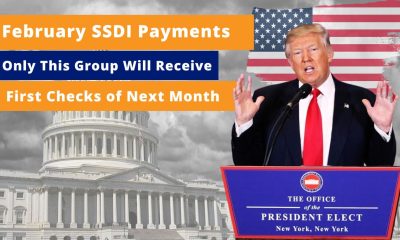
 Government Aid1 week ago
Government Aid1 week agoFebruary SSDI Payments: Only This Group Will Receive the First Checks of Next Month
-
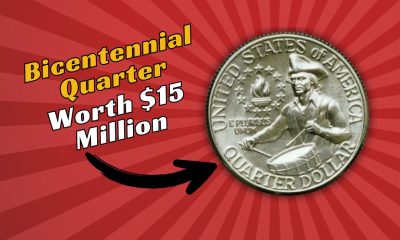
 Finance2 days ago
Finance2 days agoRare Bicentennial Quarter Worth $15 Million
-
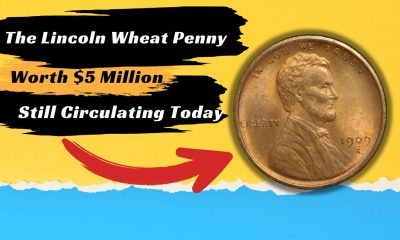
 Finance5 days ago
Finance5 days agoThe Lincoln Wheat Penny Worth $5 Million- Still Circulating Today
-
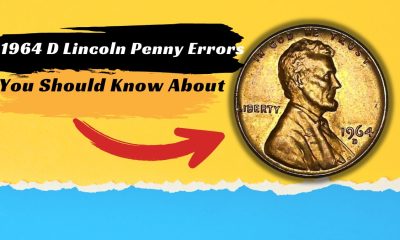
 Finance2 days ago
Finance2 days agoRare Coins: The 1964 D Lincoln Penny Errors You Should Know About
-
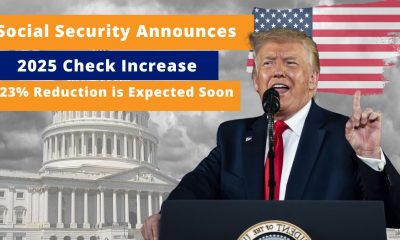
 Government Aid2 days ago
Government Aid2 days agoSocial Security Announces 2025 Check Increase, But a 23% Reduction is Expected Soon
-
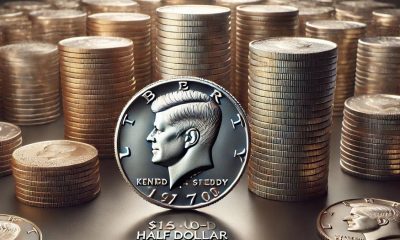
 Finance2 days ago
Finance2 days ago1970-D Kennedy Half Dollar- A Rare Coin Worth Over $150,000 Still in Circulation!
-

 Government Aid5 days ago
Government Aid5 days agoThe Complete February SSDI Payment Schedule: Discover When You’ll Receive Your Disability Benefits
-

 Government Aid1 week ago
Government Aid1 week agoConfirmed: What You Need to Know to Collect $1,900 in Social Security by January 31

